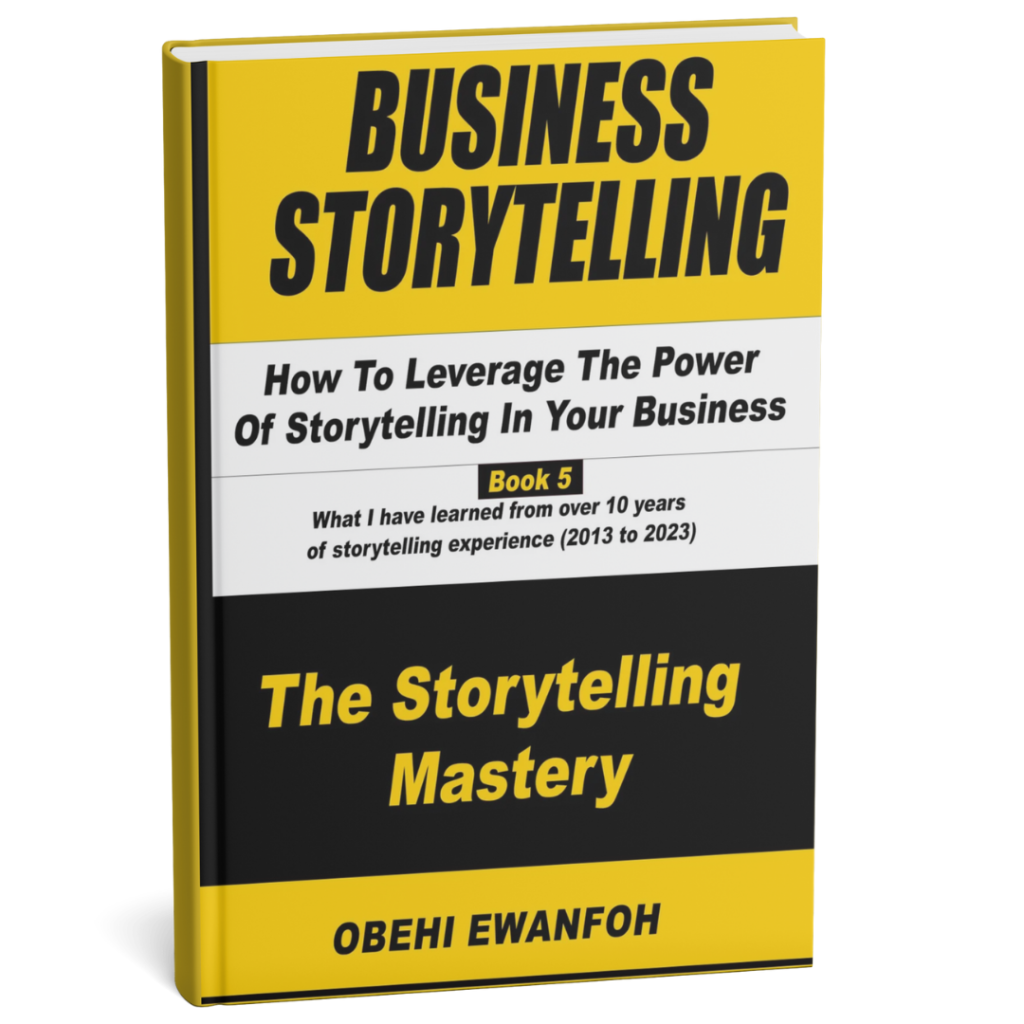Business Storytelling: How To Leverage The Power Of Storytelling In Your Business
Are you a small business owner or content creator looking to elevate your brand and stand out from the competition? Look no further than “Business Storytelling: How To Leverage The Power Of Storytelling In Your Business” is your best solution.
In today’s crowded market, it’s essential to connect with your audience in a meaningful way. And that’s where storytelling comes in. “Business Storytelling” is your go-to guide for creating compelling stories that will resonate with your customers, clients, and followers.
Packed with practical tips and real-world examples, this book is tailored to small business owners and content creators who want to enhance their storytelling skills.
With “Business Storytelling,” you will discover how to use storytelling to build your brand and create engaging content that captivates your audience.

Chapter 2: Build Your Brand With Storytelling
To become more effective as a storyteller and brand builder, business owners need to listen to their customers and identify their real needs.
This will allow you to create content that will better position your customer as the hero of your brand story. Never underestimate the last point, the needs of your customer.
For example, if you are an organization that sells products to certain people, you need to find out what those people want to hear.

